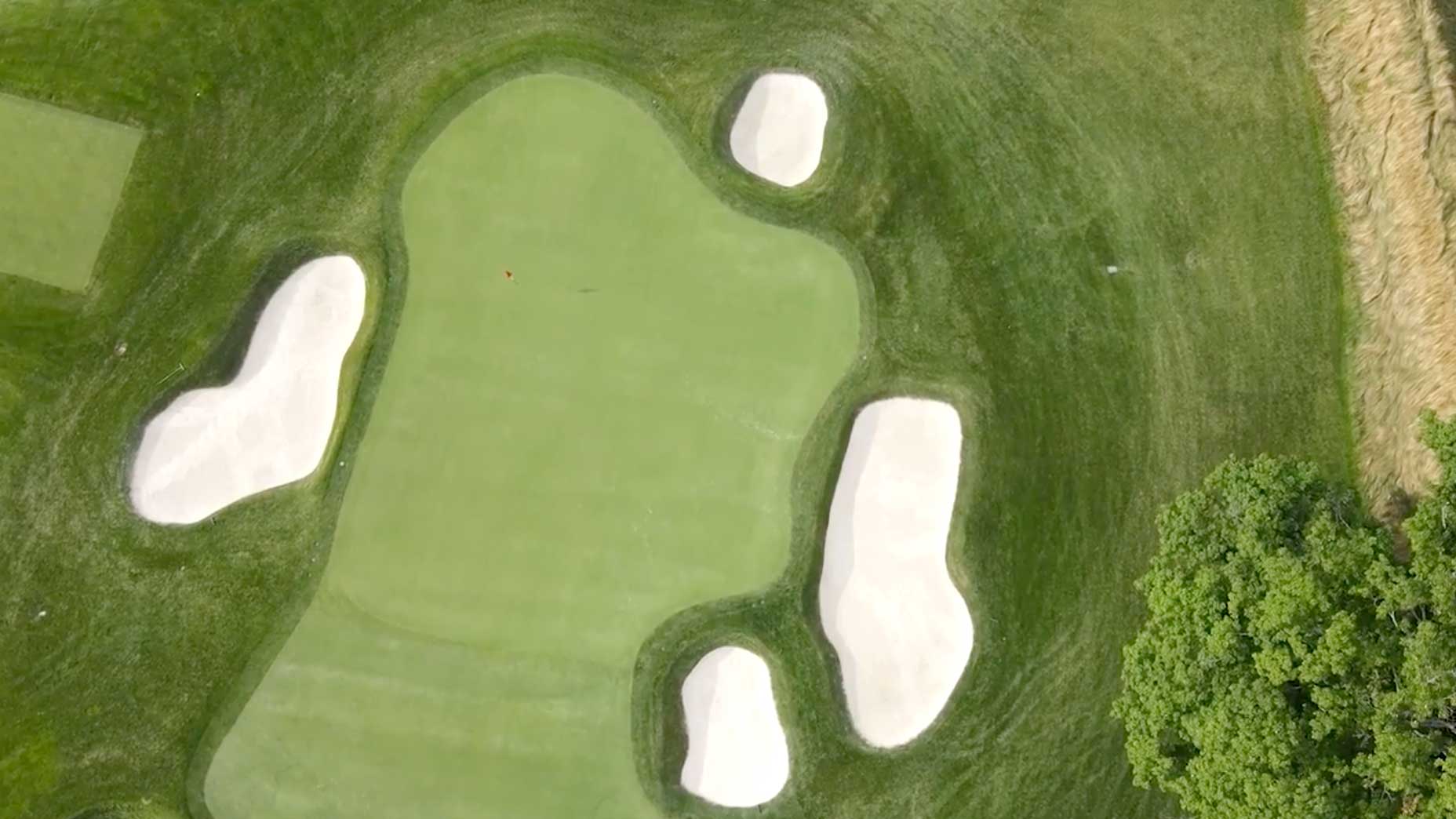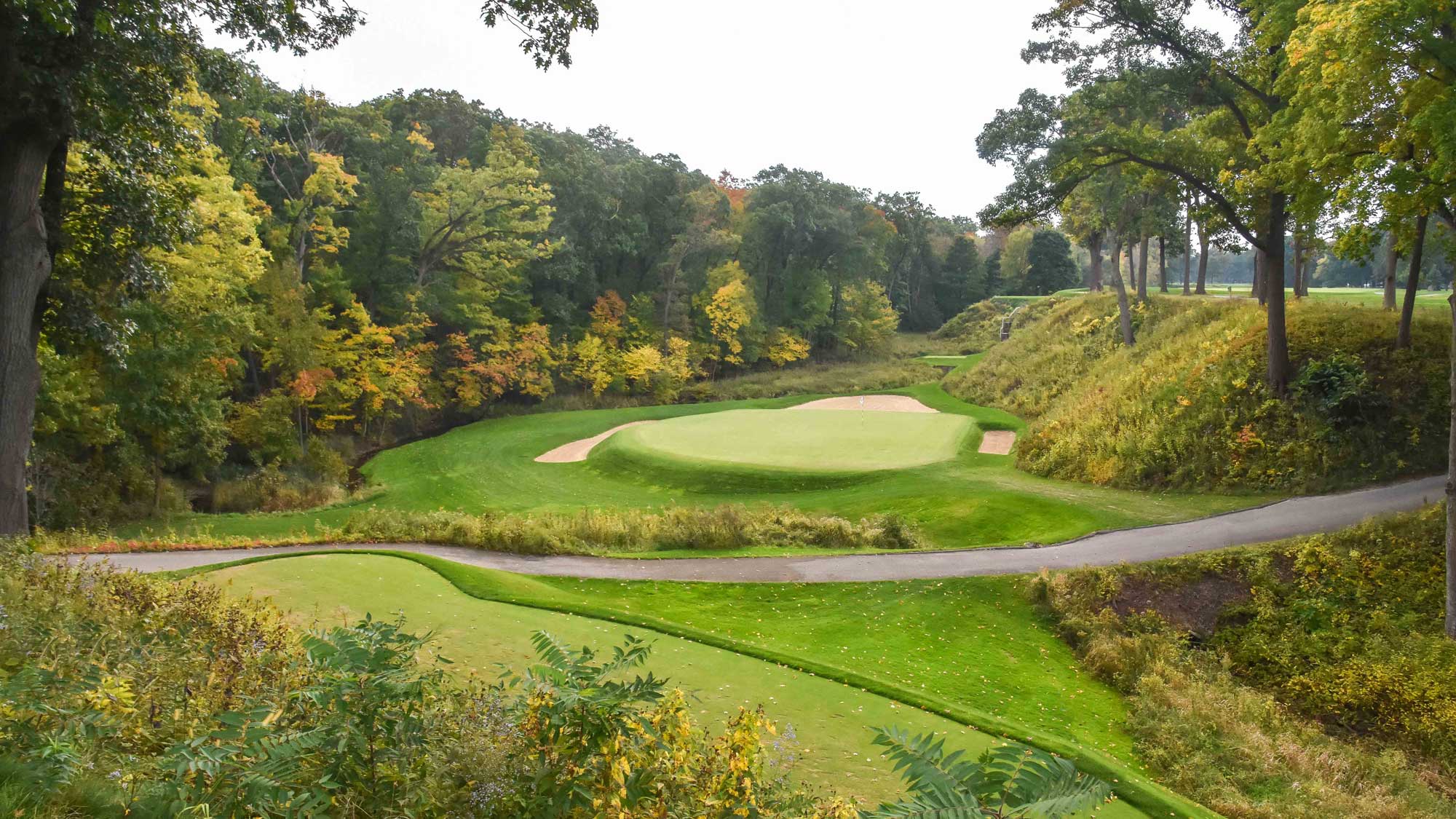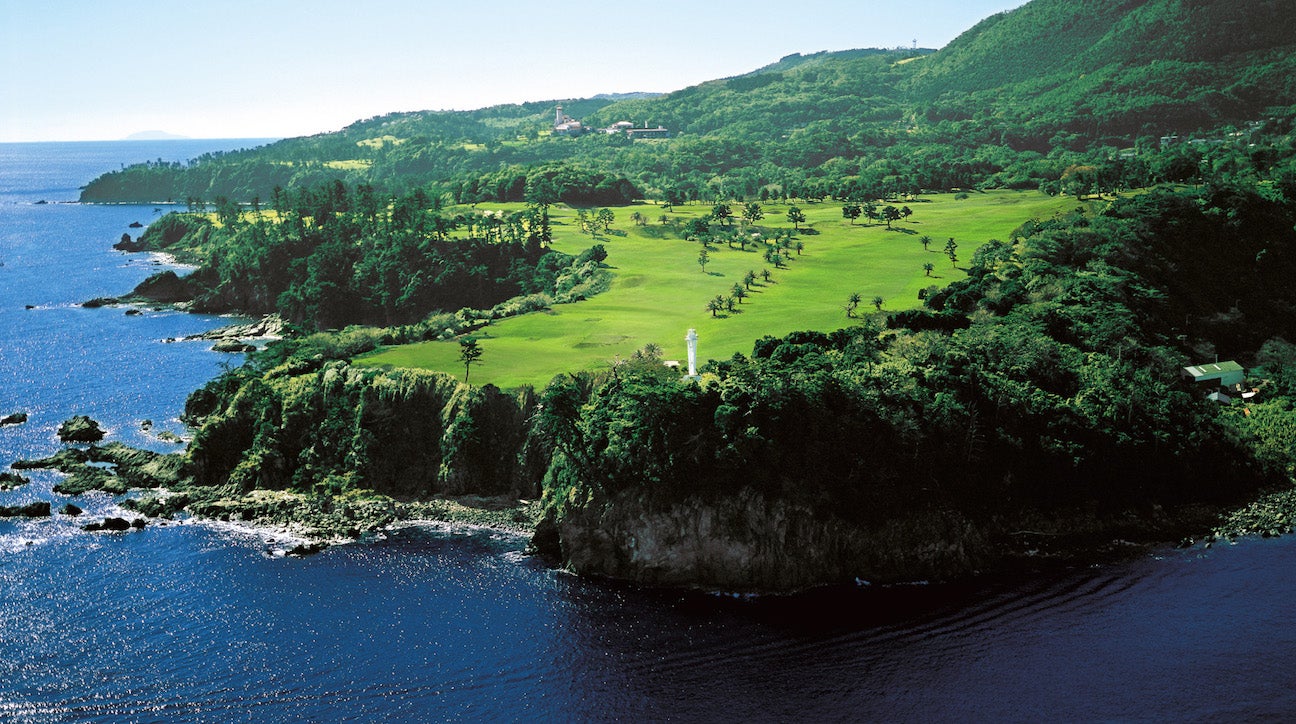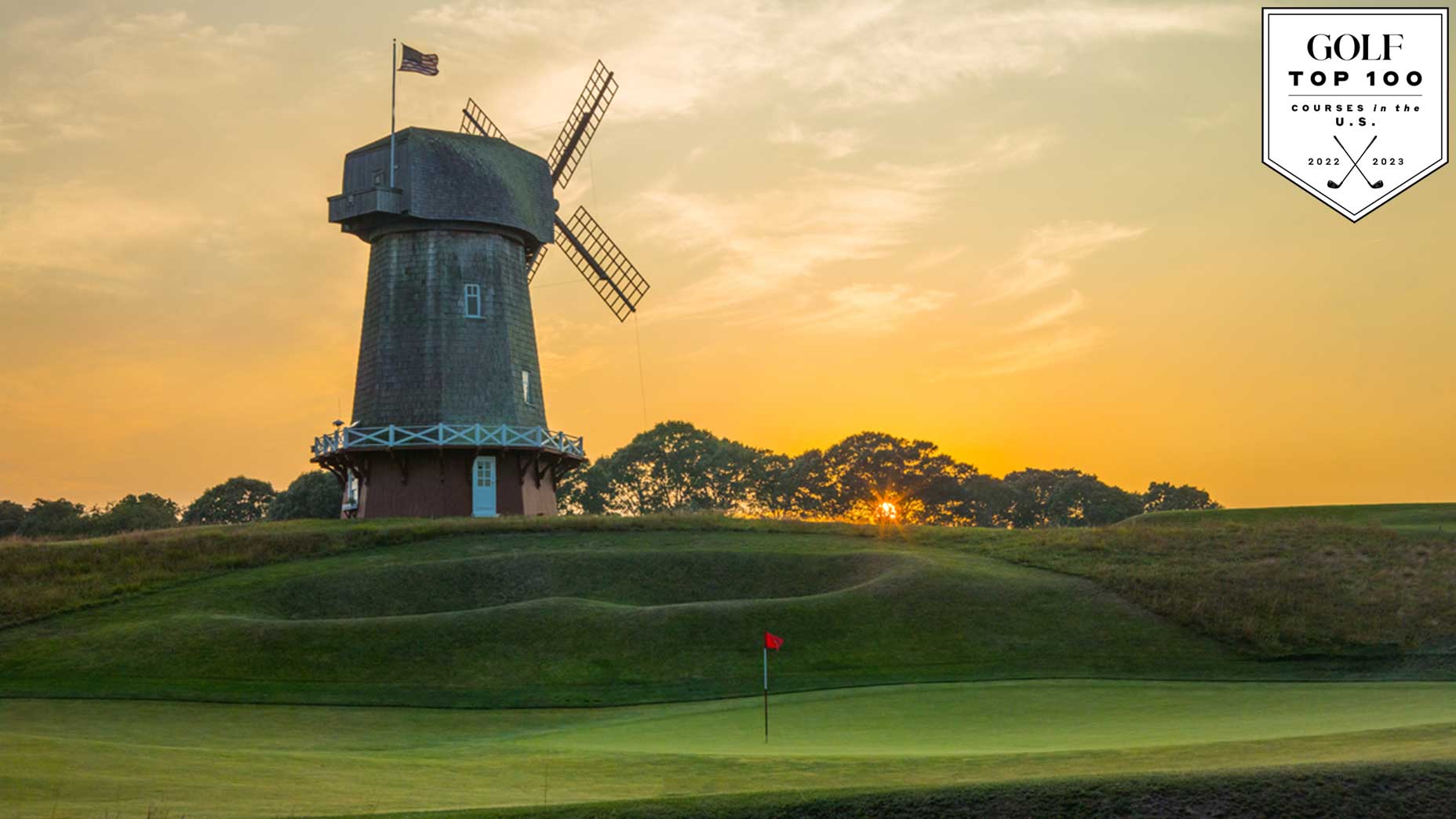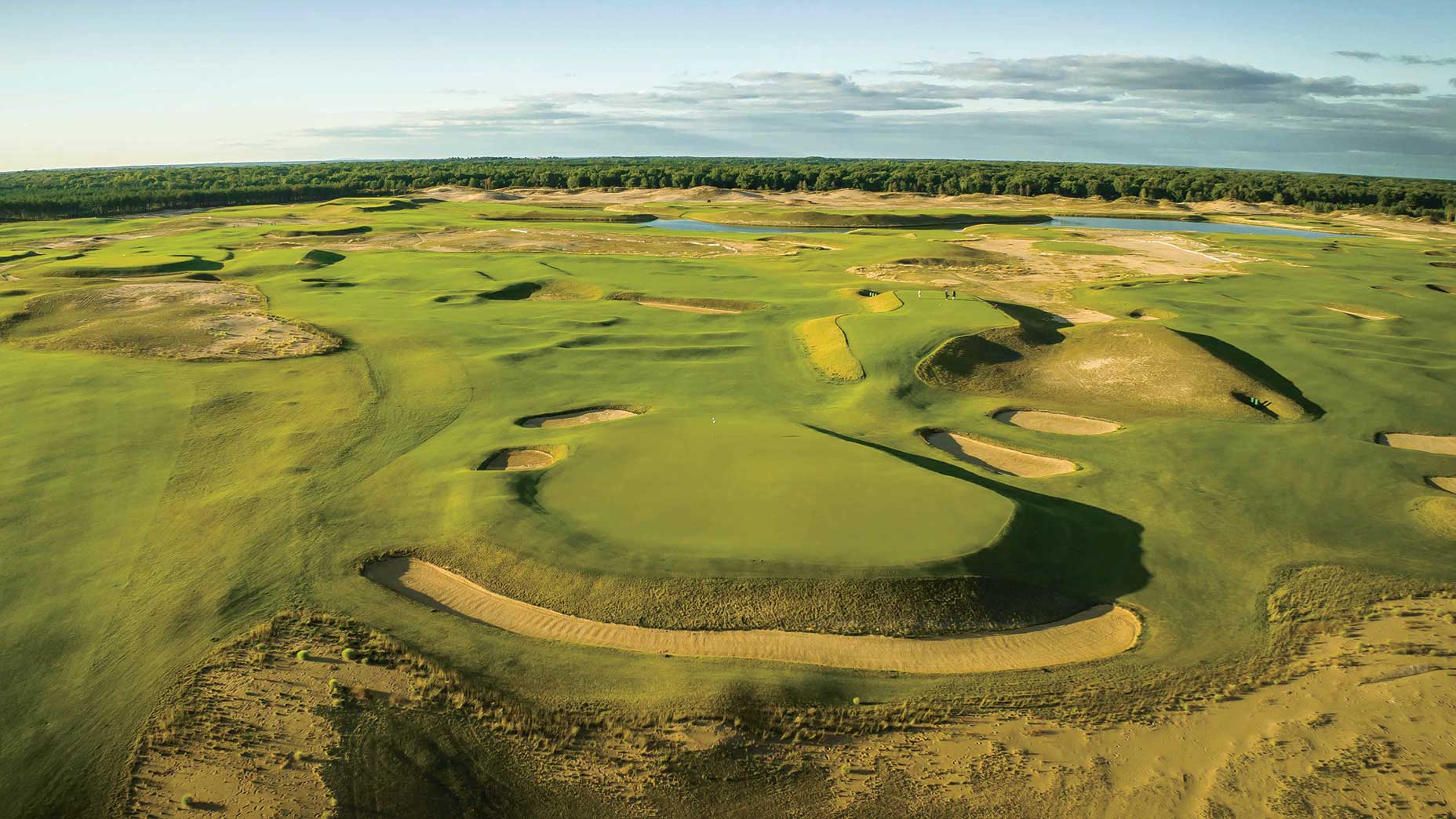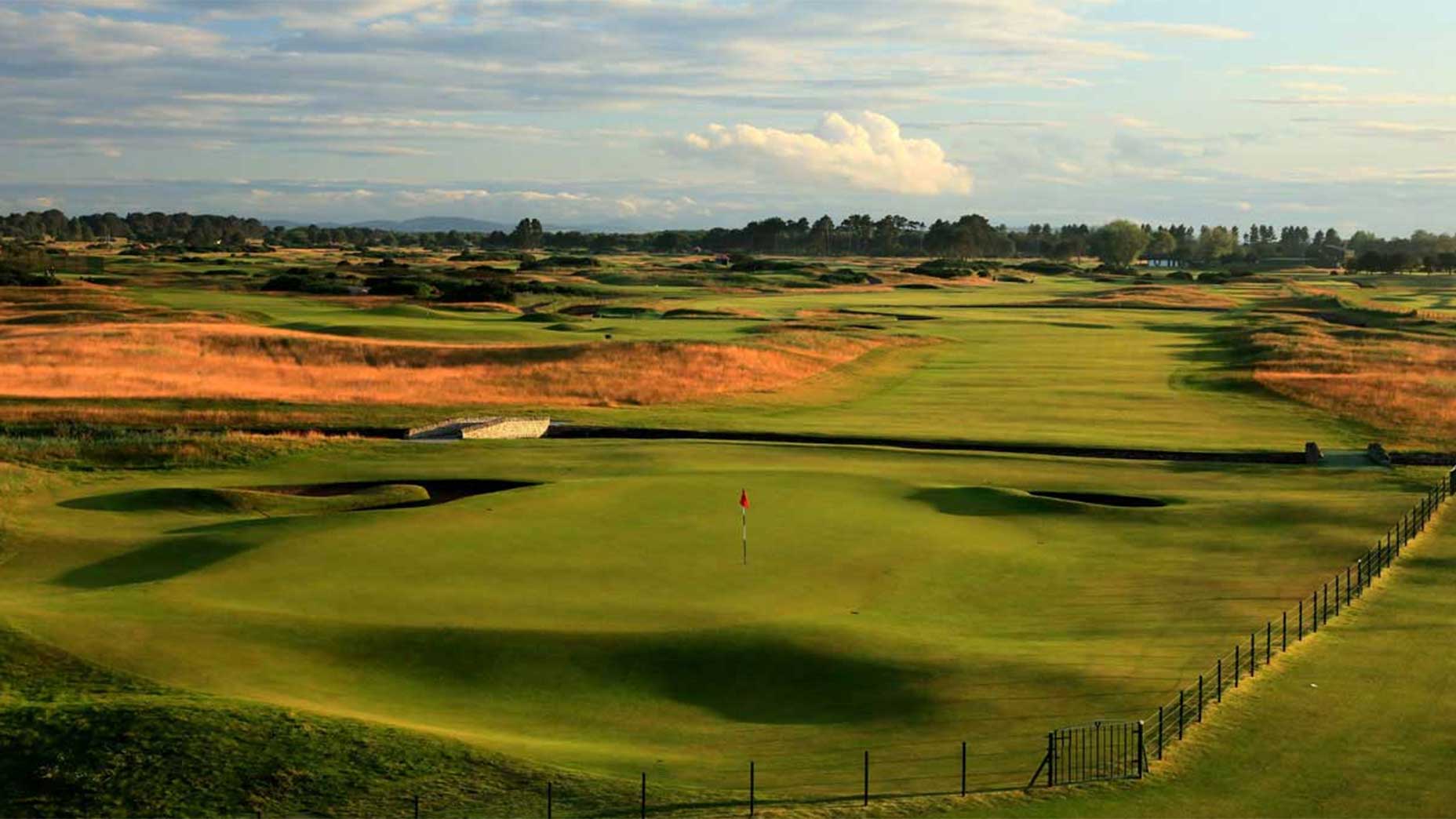As part of GOLF’s course rating process for 2022-23, our fleet of 100-plus expert panelists identified the best golf courses in Ohio. Browse the links below to check out all of our course rankings, or scroll down to see the best courses in Ohio.
GOLF’s other course rankings: Top 100 Courses in the World | Top 100 Courses in the U.S. | Top 100 Courses You Can Play | Top 100 Value Courses in the U.S. | America’s Best Municipal Courses | The 100 Best Short Courses in the World
SYMBOL GUIDE
1 = Top 100 Course in the U.S.
P = Public/Resort Course
V = Top 100 Value Course in the U.S.
M = Top 30 Municipal Course in the U.S.
Ed. note: Some courses were omitted from our rankings because they did not receive enough votes.
The best golf courses in Ohio (2022/2023)
1. Inverness (Toledo) [1]
Andrew Green’s renovation restored Donald Ross features, expunged those that were not and added length to test today’s tournament players. Few courses can claim as sterling a set of two-shotters, headlined by the 6th, 7th, 9th, 15th, 17th and 18th holes. Inverness’s home hole famously measures under 400 yards and is one of the most interesting closers in the game. Too bad more modern architects are leery to build finishers that reward mind over muscle.
2. Camargo (Cincinnati) [1]
This low-key 1926 Seth Raynor creation in suburban Cincinnati dishes out deep bunkers and huge, squared-off greens on a property laced with valleys and ravines. The standard quartet of Raynor template one-shot holes (Redan, Short, Biarritz and Eden) are here and rival his best set. Constant refinements continue, including to mow lines, but this course will never close for a splashy restoration. Why? Because the club has always been a good custodian of its course.
3. Muirfield Village (Dublin) [1]
Conceived by Jack Nicklaus in 1966 to be his hometown equivalent of Bobby Jones’ Augusta National, this 1974 collaboration with Desmond Muirhead was an instant smash, both for its strategic design and flawless conditioning. Equally impressive was how Nicklaus seamlessly integrated spectator areas into the closing holes, using hillsides and amphitheater-style mounding to provide patrons with clear views of the action. Hard to imagine that the professionals now try to drive the sliver of green at 14 but that’s how much the game has changed — and yet the hole is still no easy par. That’s great architecture. Work over 2020 saw the unlikely happen: one of the best sets of par-5s on the list got even better.

4. The Golf Club (New Albany) [1]
One of Pete Dye’s early masterworks, this rural retreat built in 1967 in suburban Columbus is where Jack Nicklaus first learned about design, as an unpaid consultant. With bunkers and water hazards framed by railroad ties and tall native grasses scattered throughout, this thorough original left no doubt that Dye was a generational talent in the works. Golf simply hadn’t seen holes like the 3rd and 13th. Golf architecture was about to head in a more exciting direction, one that prized variety as well as the use of grasses for texture and contrast. Dye’s contributions to modern architecture can’t be overstated.
5. Moraine (Kettering) [1]
Even in the golf-rich Buckeye state, this course has long held a special place, including hosting the 1945 PGA Championship won by Bryon Nelson. Though admired, it didn’t generate today’s level of affection until Keith Foster’s 2015 restoration that saw trees felled and the property allowed to breathe again. Now, golfers soak up its special landforms and understand that this rollicking Golden Age design by Alex “Nipper” Campbell is indeed set across a glacial moraine.
6. Scioto (Dublin) [1]
This Donald Ross gem returns to the U.S. Top 100 after a multi-year absence, thanks to an Andrew Green restoration. By returning the 8th and 17th greens to their original locations, Green removed vestiges of a 1950s Dick Wilson redesign. Ross’s intimate routing across 110 acres of rolling parkland is a star feature and can be appreciated anew, thanks to much-needed tree removal. Green’s touch with rebuilding the greens and bunkers in classic Ross style completes a Golden Age picture. This was Jack Nicklaus’s boyhood course and ball-strikers will appreciate the deft shot-making required to reach certain hole locations on these challenging greens.
7. Brookside (Canton) [1]
This Donald Ross design, which is making its Top 100 debut, epitomizes the virtues of parkland golf with rolling topography, sweeping views and a stream that bisects the property. The design lacks for nothing and has reached peak form after years of consulting with Brian Silva. Ross’s use of the stream at holes 4, 5 and 11 is especially noteworthy but the real attention-grabber is Brookside’s set of greens, led by those at the 8th and 12th. Pinpoint accuracy is required into all of the targets — a few observers have groused that the steeply pitched back-to-front surfaces at 14 and 16 lack a sufficient number of hole locations for today’s green speeds — but if you stay in position (i.e., below the hole!), you are guaranteed to be enchanted by this Ross gem.
8. Kirtland (Willoughby)
9. Canterbury (Beachwood)
10. The Country Club (Cleveland)
11. Pepper Pike Club (Pepper Pike)
12. Double Eagle (Galena)
13. Firestone – South Course (Akron)
14. NCR – South Course (Kettering)
15. Coldstream (Cincinnati)
How we rank our courses
For GOLF’s course rankings lists, each panelist is provided a list of hundreds of courses and “buckets,” or groupings. If they believe the course to be among the best in its category (World, U.S. Value, etc.), they check the corresponding box to place it in a specific bucket. Panelists are also free to write in courses they felt should have been included on the ballot. Points were assigned to each bucket; to arrive at an average score for each course, we divide its aggregate score by the number of votes. From those point tallies, the courses are then ranked accordingly.
The key to the process is the experience and expertise of our panel. Hailing from 15 nations and all the worldwide golf meccas, each of our 115 handpicked panelists has a keen eye for architecture, both regionally and globally. Many of our panelists have played more than 1,000 courses in 20-plus countries.
Because we don’t prescribe a set method to assess courses as other ranks do, no one opinion carries the day — our rank is a democracy. Some panelists believe that enjoyment is the ultimate goal, and thus prioritize design attributes such as width and playing angles, while frowning on upon having to constantly hunt for balls in thick rough. Other panelists value challenge and the demands of hitting every club in the bag. Still others consider a course’s surroundings and overall environment of paramount importance, thereby emphasizing the setting and naturalness of the course. In the end, allowing raters to freely express their tastes is what produces the desired eclecticism in our Top 100 lists.
Panelist integrity is vital. Voters with any ties or associations to eligible courses must flag such conflicts. Panelists also know not to let the quality of their play influence their ballot — same for a luxe experience or clubhouse. While opulence may make for a more a memorable outing, it’s not what GOLF’s course lists are about. Our focus is on design and architecture. We study the course, not the trappings around it.
Need help unriddling the greens at your home course? Pick up a custom Green Book from 8AM Golf affiliate GolfLogix.
